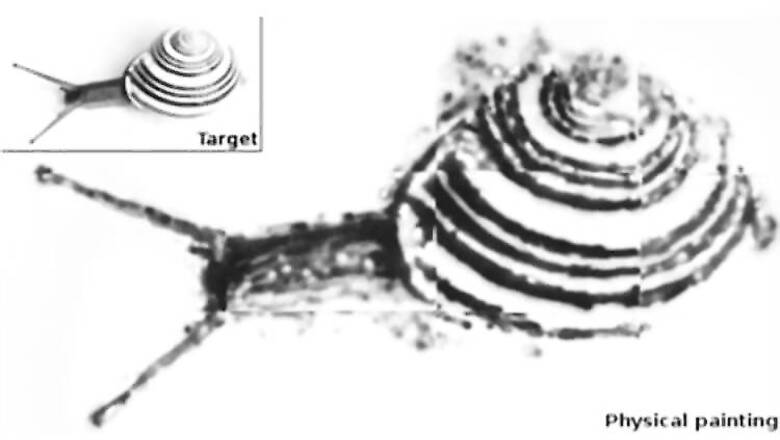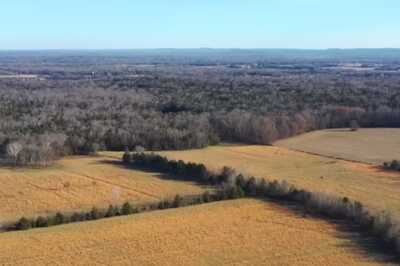
views
Washington: Scientists have invented a 'smart' spray-paint can system that robotically reproduces photographs as large-scale murals, simply by being waved around a giant canvas.
The system is a novel twist on computer-aided painting, which originated in the early 1960s. Spray paint is affordable and easy to use, making spray painted murals common in modern urban culture, researchers said.
However, covering walls of buildings and other large surfaces can be logistically and technically difficult even for skilled artists.
The researchers from Dartmouth College and Columbia University in US, and ETH Zurich and Disney Research Zurich, developed a computer-aided system that uses an ordinary paint spray can, tracks the can's position relative to the wall or canvas and recognises what image it "wants" to paint.
As the person waves the pre-programmed spray can around the canvas, the system automatically operates the spray on/off button to reproduce the specific image as a spray painting.
The prototype is fast and light-weight. It includes two webcams and QR-coded cubes for tracking, and a small actuation device for the spray can, attached via a 3D-printed mount.
Paint commands are transmitted via radio directly connected to a servo-motor operating the spray nozzle. Running on a nearby computer, the real-time algorithm determines the optimal amount of paint of the current colour to spray at the spray can's tracked location.
The end result is that the painting unveils itself as the user waves the can around, without the user necessarily needing to know the image beforehand.
Due to difficulty getting permission to spray paint university buildings, the researchers tested the automated painting system on large sheets of paper assembled into mural-size paintings.
Though the method currently only supports painting on flat surfaces, one potential benefit of the new technique over standard printing is that it may be usable on more complicated, curved painting surfaces.
"Typically, computationally-assisted painting methods are restricted to the computer," said co-author Wojciech Jarosz, an assistant professor at Dartmouth.
"In this research, we show that by combining computer graphics and computer vision techniques, we can bring such assistance technology to the physical world even for this very traditional painting medium, creating a somewhat unconventional form of digital fabrication," said Jarosz, who previously worked at Disney Research Zurich.
"Most importantly, we wanted to maintain the aesthetic aspects of physical spray painting and the tactile experience of holding and waving a physical spray can while enabling unskilled users to create a physical piece of art," he said.
The research appears in the journal Computer and Graphics.



















Comments
0 comment